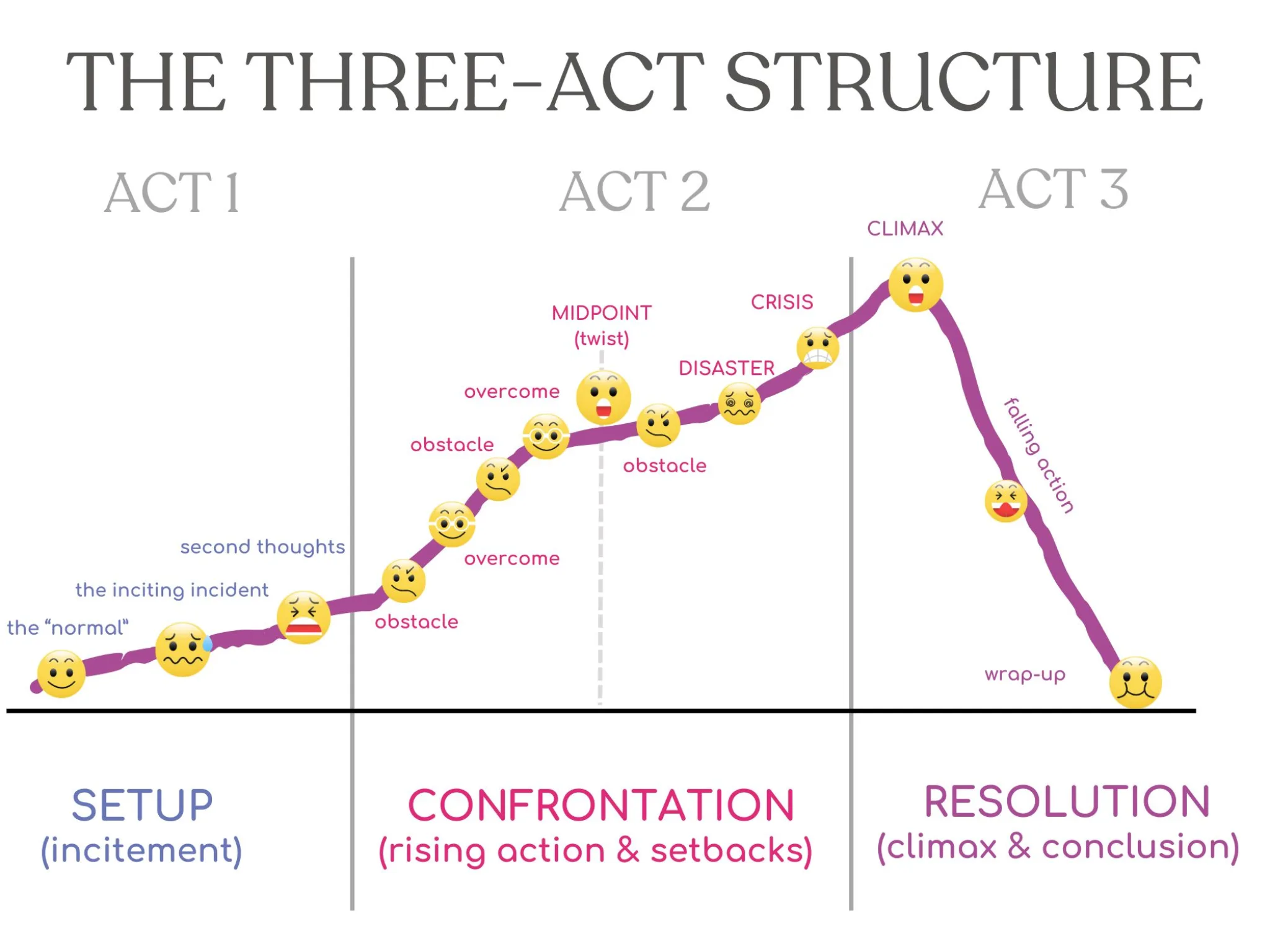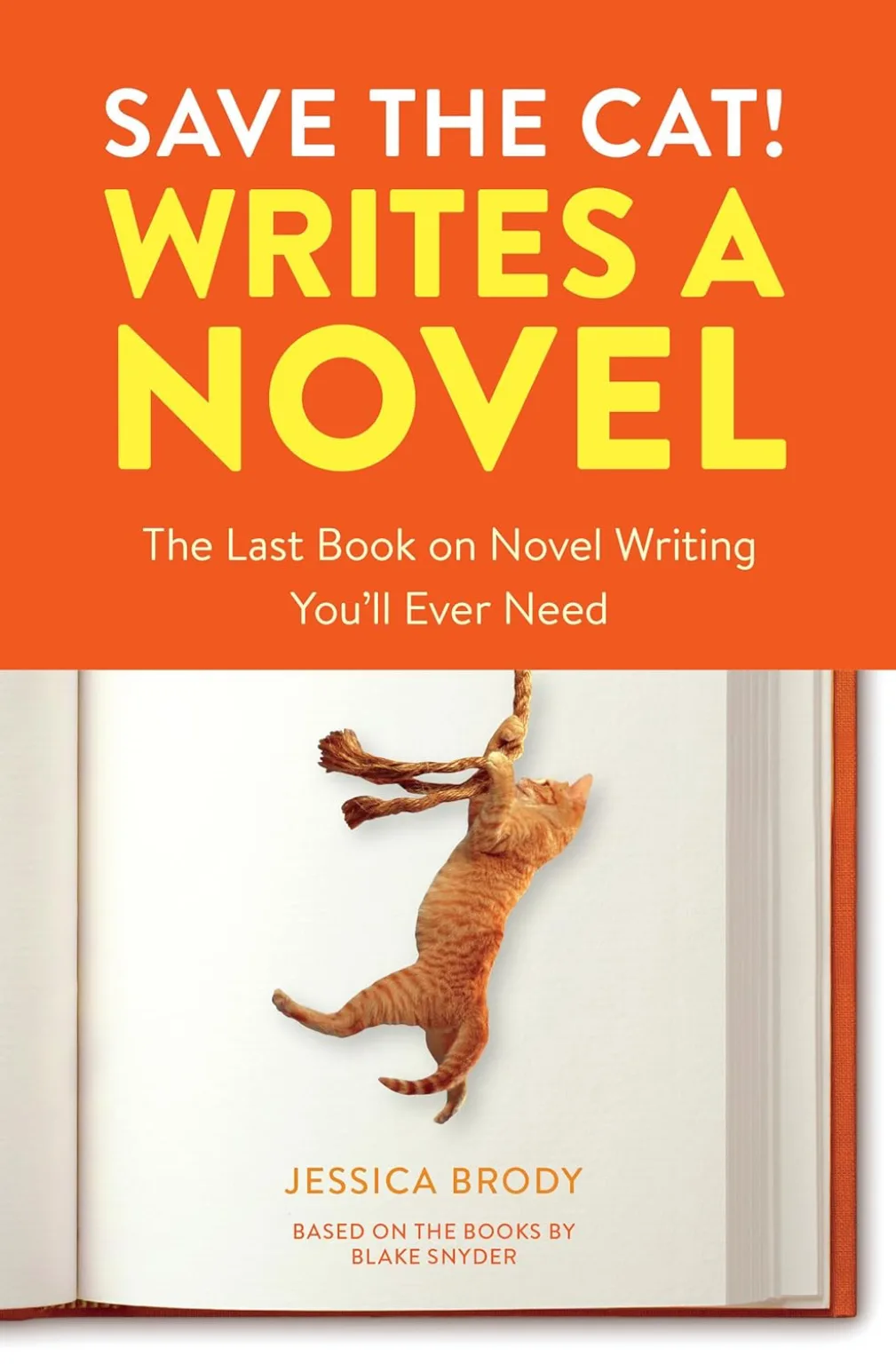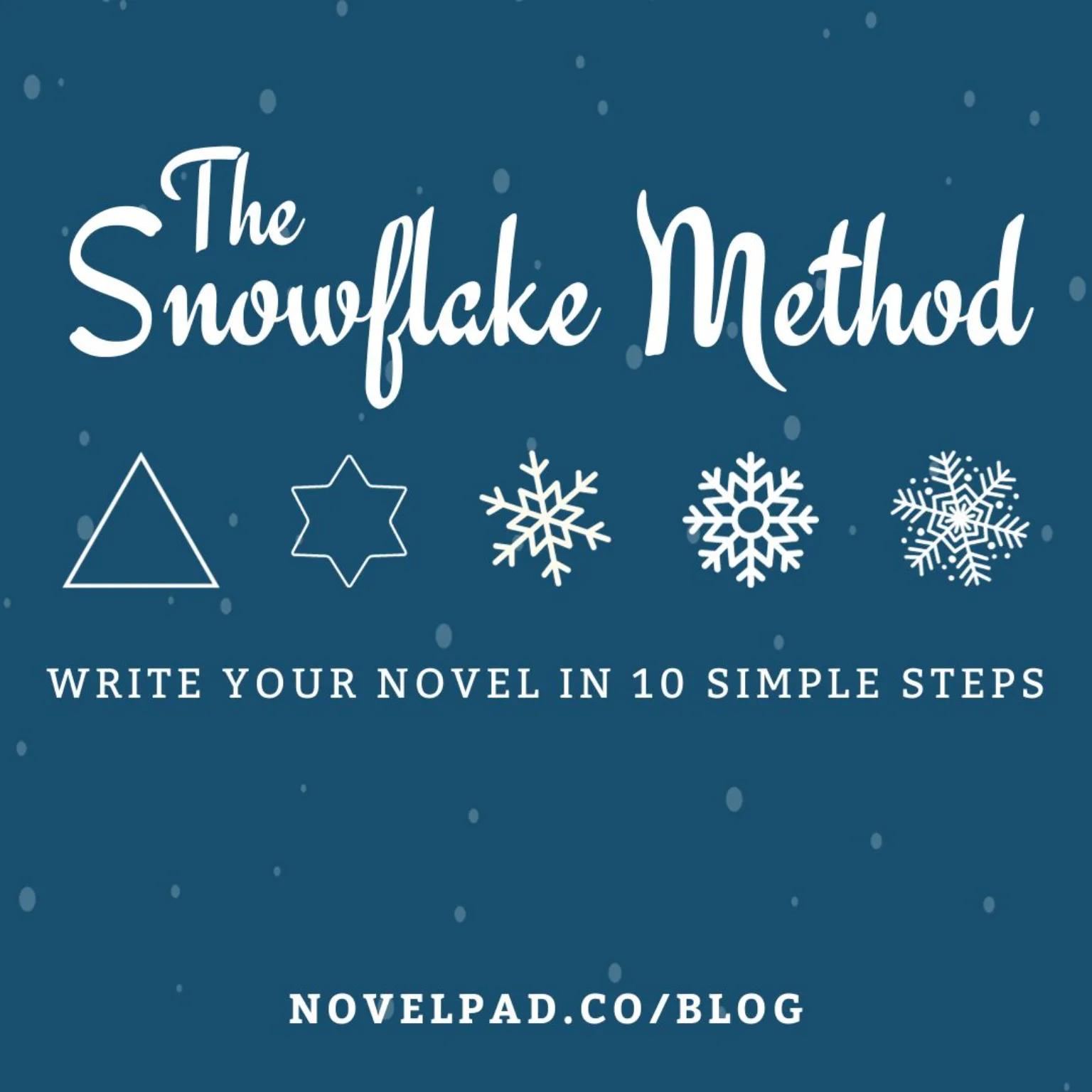Book Outlining Techniques: Save The Cat, Snowflake, Three-Act+
Ollie Ander
Is probably just a couple cats in a trench-coat—the hair shedding and sunlight napping are highly suspect.
Whether you are a plotter, pantser, or the newly coined "plantser", it’s important to be aware of story structure, regardless of the process with which you create it. Even if you like to throw your characters to the wolves and let them figure it out, there are conventions and plot points that every good novel is expected to hit.
No hero’s journey is exactly alike, but every hero must undertake one all the same. Here’s a quick look at a couple of the different tried-and-true outlining techniques used by writers of all calibers and genres. No matter your process, having a progressive and compelling plot is just as important as the finer details.
What is The Three-Act Structure?
The Three-Act Structure is the most well-known model used for plotting and outlining narrative fiction, favored for its simplicity of dividing a story into (you guessed it) three acts! The method was popularized by a man named Syd Field in 1979 and—surprisingly enough, as you’ll also read in Save the Cat—it was originally meant to guide screenwriters.
The Three-Act Structure is usually taught to us as children as the Beginning, Middle, and End of a story, although it is a little more nuanced than that. When visually plotting the Three-Act Structure, it looks like the slow hike up to a rollercoaster peak.
Act 1: The Setup is where you introduce your characters and story
Act 2: The Confrontation is where tensions and action continuously rise alongside the story’s development
Act 3: The Resolution is where the plot both hits its crisis/climax, and includes the "falling action" where loose ends get tied up and conflicts get resolved

As much as the Three-Act Structure is easy to harness, and just about any story can be transplanted onto its timeline, it leaves little guidance for how to achieve that development in-between acts. If you’re the kind of writer who prefers more structure (pun intended) the next entry may sound more appealing.
What is Save the Cat?
Save the Cat is a plotting method thought up and popularized by Hollywood’s Blake Snyder. This story structure was originally meant to guide his fellow screenplay writers but was adapted by novelists alike, as it provided an easy way to plan story pacing, while keeping its themes and character development in mind. The Save the Cat! Writes a Novel writing manual by Jessica Brody takes Snyder’s method and fully commodifies it into a tool for writing novels.

Save the Cat is an expansion on the classic Three-Act Structure, turning the story outline into 15 "beats" to hit along the way. These beats are more specific than The Three-Act Structure, but also maintain enough vagueness to apply to just about any genre or type of story. Save the Cat also recognizes where the "B-story" should fit in, making the process of managing your Second Act a little less open-ended.
What is The Snowflake Method?
$ The Snowflake Method$ of designing a novel involves starting with a single-sentence base and building your story out from there over ten consecutive steps, creating an intricate design of plot points, themes, and character development. It is the most individually tailored of the aforementioned methods. The practice was popularized by Randy Ingermanson, and although outlining methods can be applied to most pre-existing stories (and consequently you can tweak your creation to fit them), this one is highly recommended for use prior to starting.

Are There Other Outlining Methods?
These structures are not the be-all-end-all to writing a story, but they are useful guidelines to get your story where it needs to be and when.
If none of these hit a chord with you, here’s a few more novel outlining methods to look into:
Freytag’s Pyramid, The Hero’s Journey, the Fichtean Curve, the Seven-Point Story Structure, Mirror Moment, Dan Harmon’s Story Circle and many more.
Where Should You Start?
Each method covered in this article will seem appealing to different types of writers. The Three-Act Structure has enough free space to accommodate pantsers, Save the Cat has more story beats for plotters to follow, and The Snowflake Method lets plantsers rejoice as their imagination spirals out into an impactful fractal master-plot. If you’d like to learn more about the individual steps of$ The Snowflake Method$ , there's a more$ in-depth look at the outlining process$ right here on NovelPad!
Like what you're reading?
Join other authors like you in NovelPad’s free writing community!
Join the communitySimilar Posts
What File Formats are Accepted by Kindle Direct Publishing?
File types for ebooks, paperbacks, and hardbacks on Amazon's KDP.
Ollie Ander
Is probably just a couple cats in a trench-coat—the hair shedding and sunlight napping are highly suspect.
How long is a fantasy book? Words, pages, chapters, scenes, & prologues
What should wordcount goals look like for a fantasy novel?
S.R. Beaston
Crafty with words, wit, and wisdom, just add caffeine to make it more interesting.
How long is a Science Fiction Book?
How many words, chapters, and pages should be in your sci-fi novel?
Ollie Ander
Is probably just a couple cats in a trench-coat—the hair shedding and sunlight napping are highly suspect.
What’s the Difference Between a Novel and Novella?
What distinguishes the novel from the novella?
Ollie Ander
Is probably just a couple cats in a trench-coat—the hair shedding and sunlight napping are highly suspect.
How To Write Strong Atmosphere In Stories
7 best tips for creating strong atmosphere in your writing.
Hannah Lee Kidder
NovelPad Author
Camp NaNo Perks 2023
What are the benefits of participating in Camp NaNoWriMo?
S.R. Beaston
Crafty with words, wit, and wisdom, just add caffeine to make it more interesting.